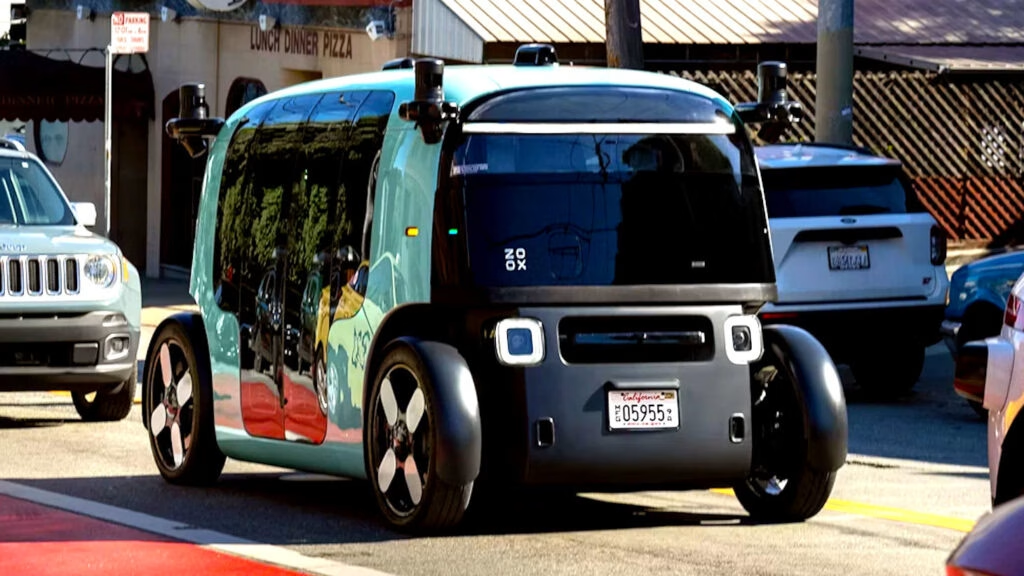Zoox, Amazon’s ambitious venture into the world of autonomous vehicles, is making headlines again, but not for the reasons they hoped. Recently, the company had to recall 270 of its robotaxis due to a software glitch that could potentially endanger pedestrians. This incident highlights the ongoing challenges in the realm of self-driving technology, especially as Zoox prepares to launch its services to the public in Las Vegas later this year.
What Happened with the Zoox Robotaxi?
On May 8, a close call in San Francisco raised alarms when an unoccupied Zoox robotaxi was struck by an e-scooterist. The rider fell next to the vehicle, which then began to move forward in autonomous mode. Thankfully, there was no direct contact, but the e-scooterist sustained minor injuries from the fall. This incident prompted an internal review at Zoox, revealing a critical flaw: the robotaxi’s software might not detect vulnerable road users, like someone lying on the ground, when the vehicle is moving very slowly or preparing to resume travel.
This issue is particularly concerning given that it can occur at speeds of less than 1.1 mph (0.5 m/s). The software’s inability to recognize certain obstacles in these scenarios could lead to dangerous situations, especially in urban environments where pedestrians and cyclists are prevalent.
How Did Zoox Respond?
In light of the incident, Zoox took immediate action by pausing its driverless operations and conducting a thorough investigation. The company identified the software bug and has since implemented a fix, which has been validated through simulations and real-world testing. Just last week, the updated software was rolled out to all affected robotaxis, allowing operations to resume.
Despite this setback, Zoox has been quietly expanding its presence. Earlier this year, they began operating in San Francisco and have plans to open their robotaxi service to the public in Las Vegas as part of an “early rider program.” This initiative will offer free rides to select individuals in exchange for feedback, allowing the company to refine its technology before a broader rollout.
What’s Next for Zoox?
As Zoox gears up for its public launch, the company is aware that it must navigate these challenges carefully. The recall and subsequent software update are just a part of the growing pains associated with introducing autonomous vehicles to the streets. With the rapid advancements in technology, it’s crucial for companies like Zoox to prioritize safety and reliability above all else.
The big takeaway? Zoox’s journey isn’t just about launching a new service; it’s about learning from real-world experiences and making smarter adjustments. As they prepare for their Las Vegas debut, it’s clear that the road ahead will require vigilance and adaptability. If you’re curious about the future of transportation, keep an eye on Zoox. They might just redefine how we think about getting from point A to point B.

